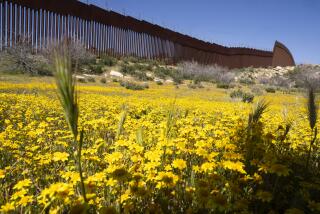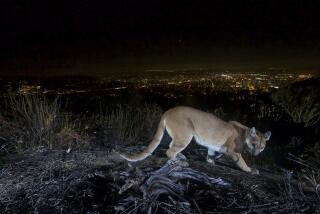Habitat
Where do you live? What is it like? You probably live in a community with houses, schools, cars and people. Thatâs how you would describe your habitat or environment. But a scientist would focus on its climate, plants, animals and land forms. Types of environments--deserts, forests, grasslands--are called âbiomes.â Want a quick way to get to great sites about habitats? Use the direct links on The Times Launch Point Web site.
http://ukobiw.net./launchpoint/
LEVEL ONE
Whatâs It Like Where You Live: The âvirtual biomesâ section tells you all about deserts, grasslands, temperate deciduous forests, tundra, rain forests and taiga. In the âfield reportsâ section, kids describe their adventures exploring different environments: a Washington rain forest, the Alaskan tundra, a Missouri prairie. Includes charts, maps, movies and class projects.
https://mbgnet.mobot.org/MBGnet/live/index.html
Ecosystems of Our World: Concise descriptions of ten different ecosystems with a picture and sound from each environment.
https://tqd.advanced.org/2988/text/ecosystemstxt.htm
Life in the California Biomes: Find out about the three main biomes of California.
https://www-tep.ucsd.edu/people/chris-halter/CaProject/CaBiomes.html
LEVEL TWO
Middle School Earth Science Explorer: Explanations and examples of different biomes. A chart explains the characteristics of each environment.
https://www.cotf.edu/ETE/scen/MSESE/earthsysflr/biomes.html
Living Things--Habitats and Ecosystems: Learn how to make your own ecosystem in an aquarium or a terrarium. Great links to other sites on biomes around the world. Includes a glossary of physical geography terms.
https://www.fi.edu/tfi/units/life/habitat/habitat.html
LEVEL THREE
Biomes of the World: Colorful and concise information on the worldâs major biomes, with a helpful bibliography. A good overview.
https://www.snowcrest.net/freemanl/geography/slides/biomes/
World Biomes: Descriptions of the worldâs biomes with images from specific regions as examples. Many links and suggested readings.
https://www.uwsp.edu/acaddept/geog/faculty/ritter/geog101/biome.htm
Southern California Natural History: Detailed information on the natural history of Southern California, including geographic features, climate and flora and fauna.
https://eco.bio.lmu.edu/WWW_Nat_History/subjects.htm
Launch Point is produced by the UC Irvine department of education, which reviews each site for appropriateness and quality. Even so, parents should supervise their childrenâs use of the Internet. This weekâs column was designed by Larry MacPhee, Anna Manring and Stan Woo-Sam.
EXPLORERâS QUEST
Free Times T-shirt
The answer to this Internet quiz can be found in the sites at right.
What is the one continent on which grassland is not found? Clue: Use the âvirtual biomes.â
How It Works: Answer three questions correctly in the Explorerâs Quest Web Challenges by Sept. 29, and youâll get a free T-shirt. Just clip and fill out the form on Page B5, or make up your own handwritten form. You can also find the form on The Times Launch Point Web site, http://ukobiw.net./launchpoint/
Answer to last weekâs Quest: You take about 5,000 breaths a day.
More to Read
Sign up for The Wild
Weâll help you find the best places to hike, bike and run, as well as the perfect silent spots for meditation and yoga.
You may occasionally receive promotional content from the Los Angeles Times.






